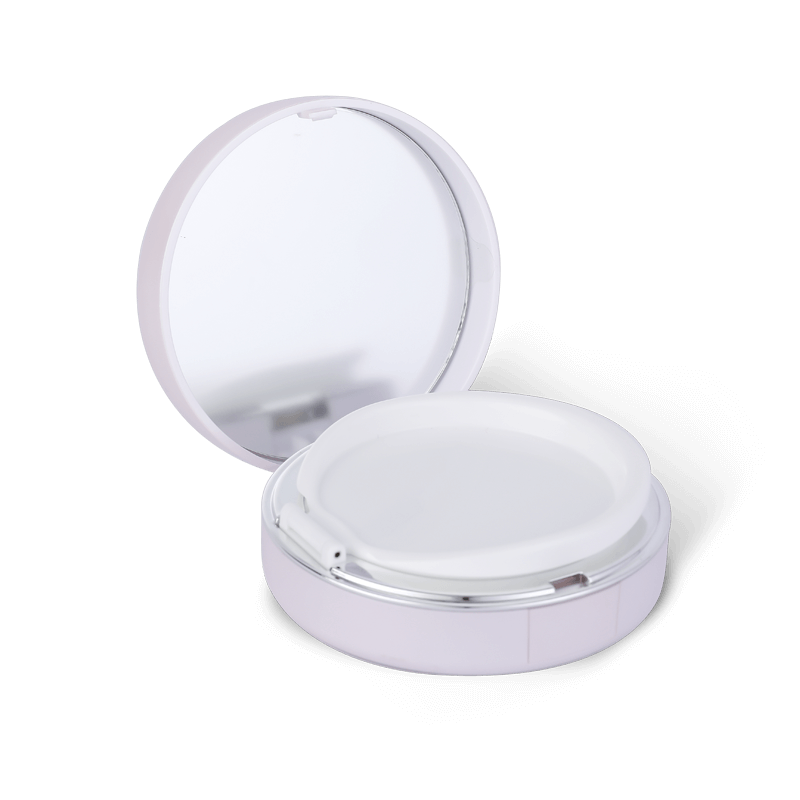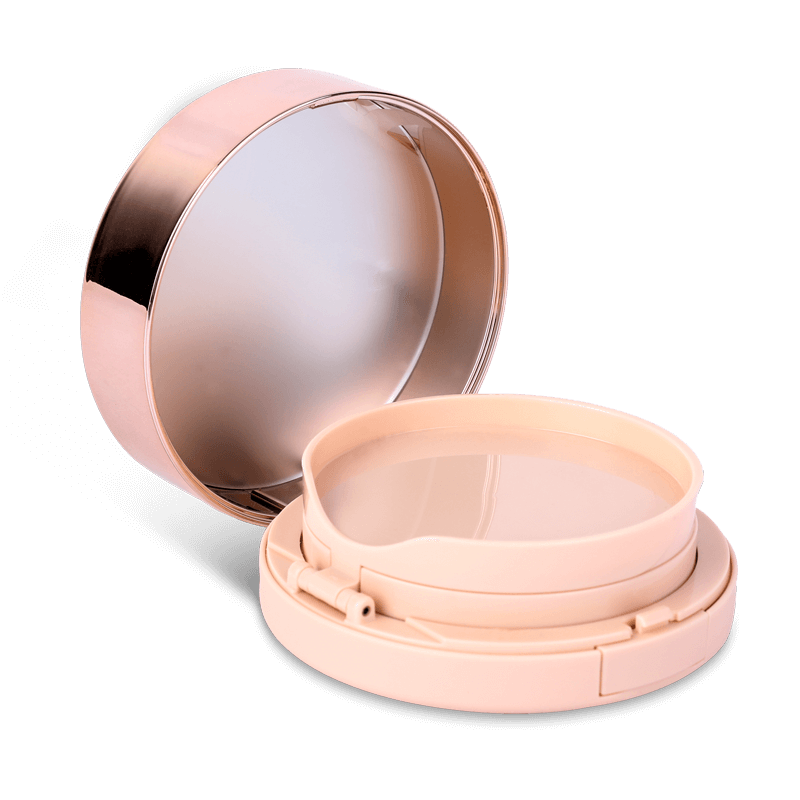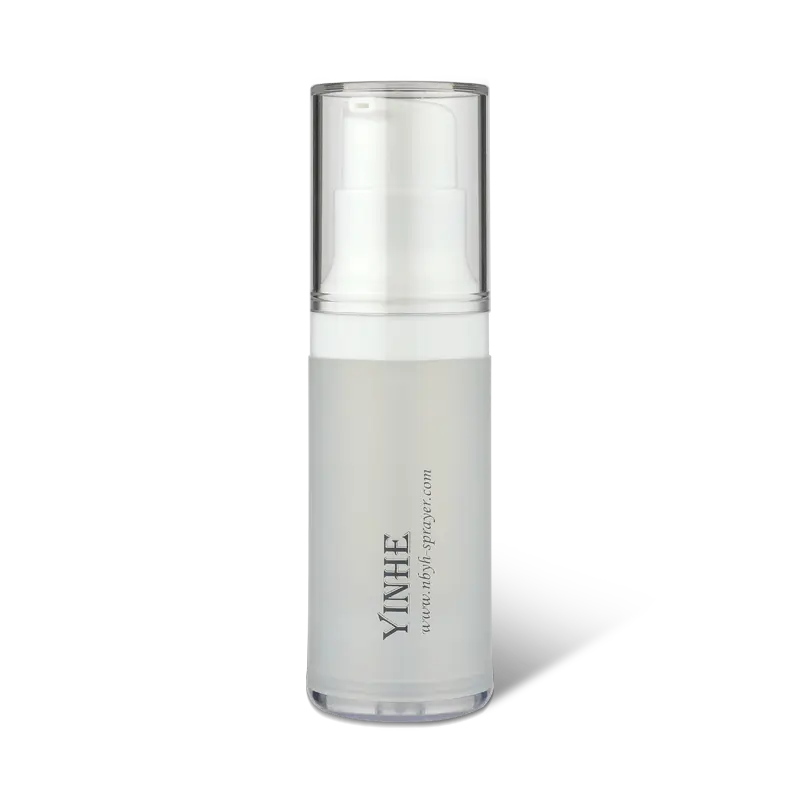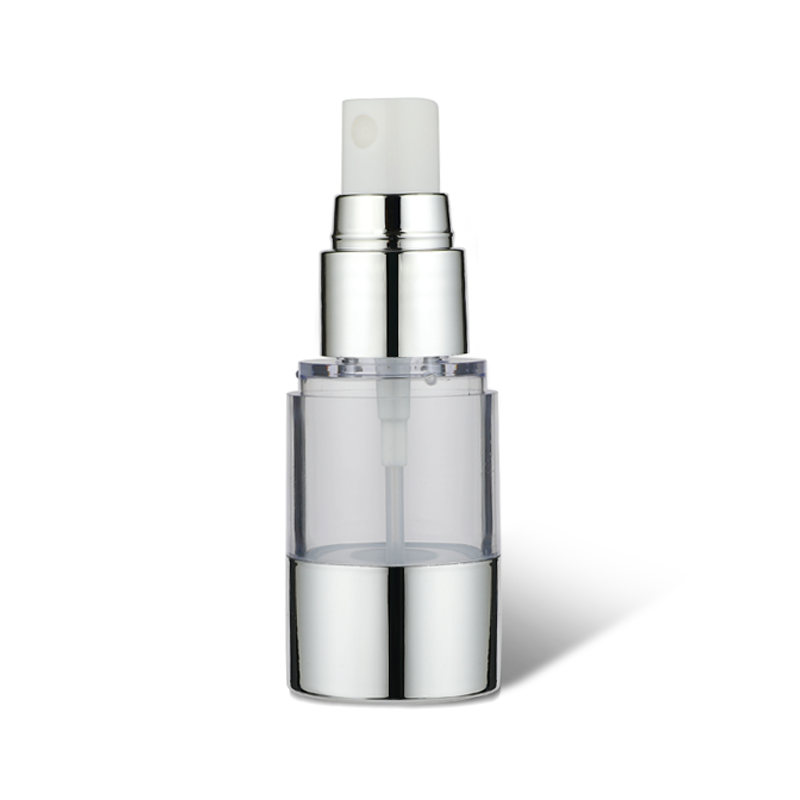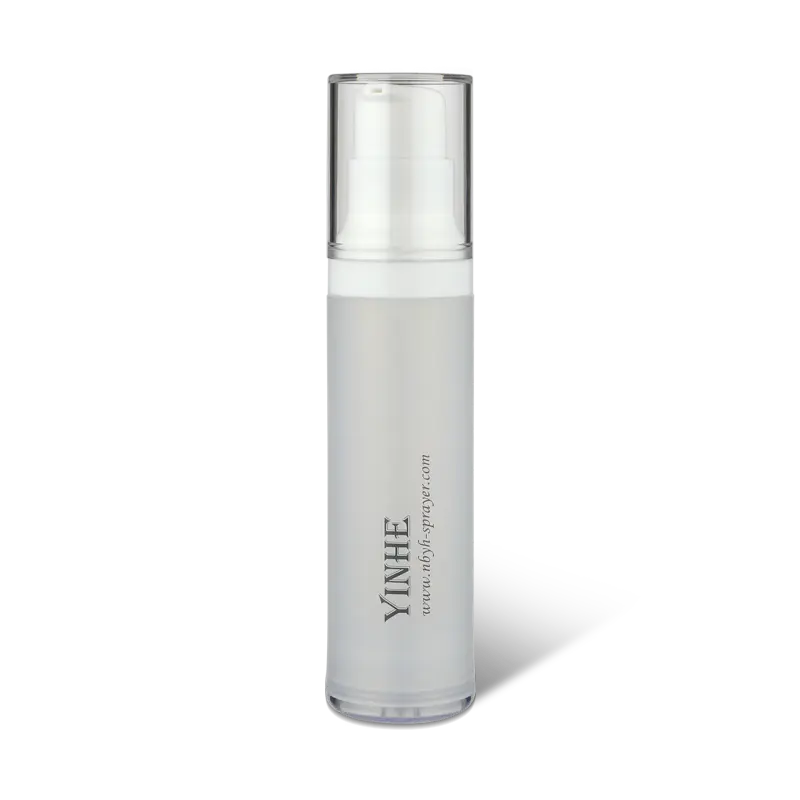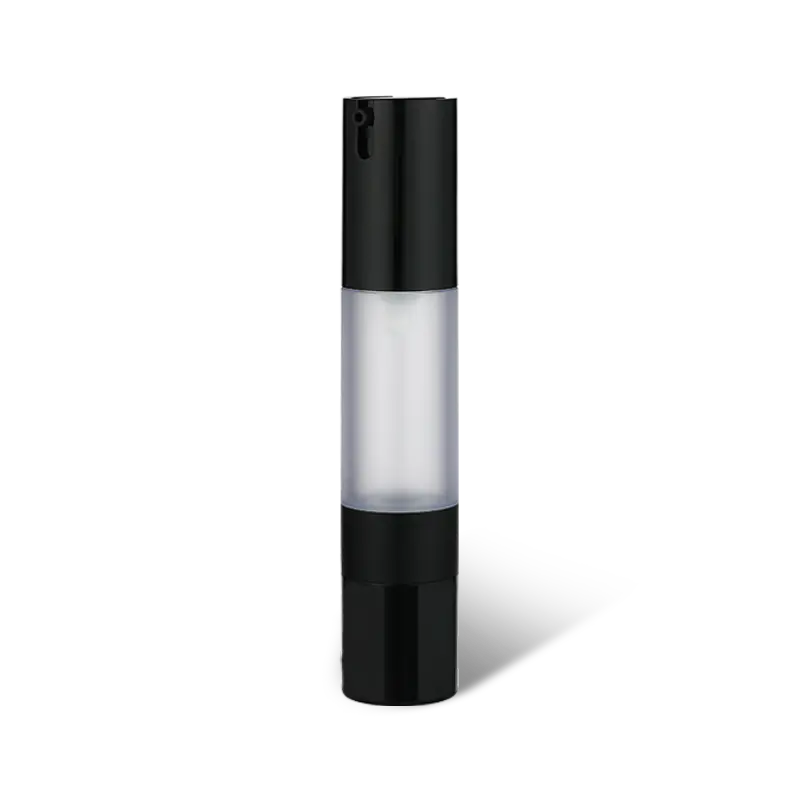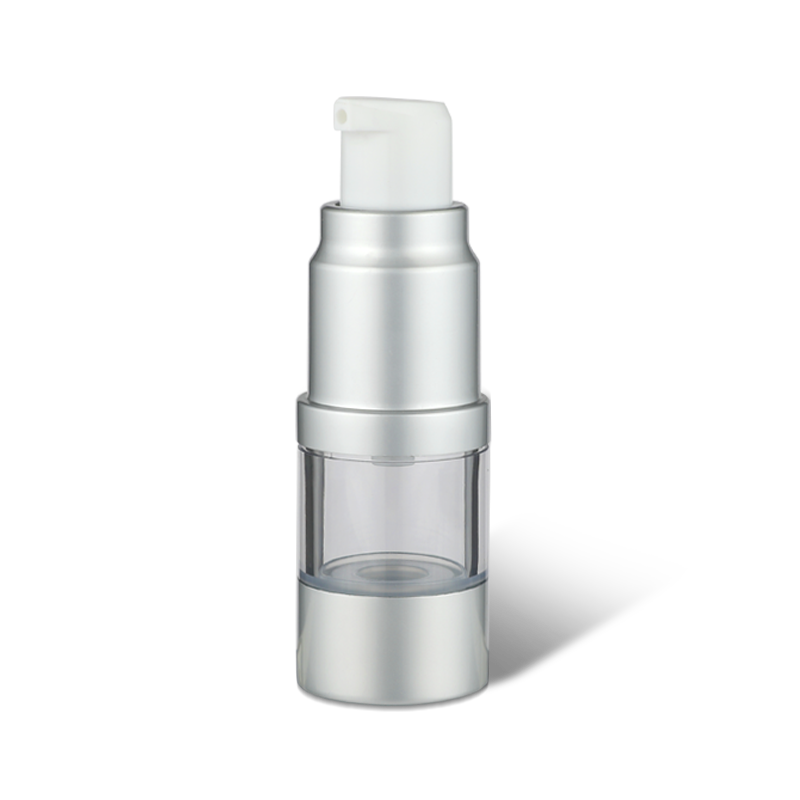Reasonable choice of plastic hose
Update:03 Dec
In the cosmetics industry, packaging quality is the second life of products. According to the characteristics of cosmetics and sales situation and other factors, choosing suitable plastic hoses as packaging can make cosmetics more attractive under the high-quality packaging.
1. Hygiene and safety
Cosmetics are in direct contact with the human body, which imposes high hygiene and safety requirements on their packaging. For plastic hoses, it should be controlled from the aspects of raw material safety (raw material particles must comply with relevant laws and regulations, such as FDA, SGS certification, etc.), production process, production environment, etc., so as to ensure the hygienic safety of the cosmetics inside.
2. Protective
Packaging materials should have sufficient mechanical strength, a certain degree of barrier properties, chemical resistance, weather resistance, etc., to prevent cosmetics from causing quality problems during filling, storage and transportation.
(1) Mechanical properties. The main function of packaging is to use its mechanical properties to ensure that the contents are not damaged. The mechanical properties of plastic hoses for cosmetic packaging, such as compression resistance, impact resistance, and bending strength, are mainly determined according to the nature of the packaged product, packaging machinery, storage and transportation requirements. Generally speaking, plastic hoses must have a certain degree of stiffness to ensure that the overall shape of the product is intact; at the same time, they also need to have good resilience to ensure that they can return to their original shape after being squeezed. However, under the same material composition and the same thickness, stiffness and resilience are a contradiction. Only by taking both into account can we meet customer needs.
(2) Barrier performance. Commonly used barrier materials for plastic soft for cosmetic packaging include aluminum foil, EVOH, oxide-coated PET and nylon, etc. The barrier properties vary depending on the selected material and thickness. For example, aluminum foil has high barrier properties. When the thickness of aluminum foil is more than 25μm, its barrier performance can reach 100%; the barrier property of EVOH to oxygen is proportional to its thickness, and the oxygen permeability of 15μm thick EVOH is about 0.3~0.4cc/m2 ·24h (mocon detection method); the oxygen transmission rate of PET with oxide coating is generally 0.2~1.0cc/m2·24h (mocon detection method). Therefore, materials with different barrier properties should be selected according to the requirements of the packaged cosmetics. In addition, the interaction between fragrance and packaging materials should also be considered. For example, polyolefin materials absorb essential oils. At this time, a protective coating can be added between the aluminum foil and the polyolefin materials.
(3) Chemical resistance and weather resistance. The material selected for the plastic hose for cosmetic packaging should have resistance to chemical corrosion of the content, including oil resistance, grease resistance, acid resistance, etc. The matrix resin can be optimized according to actual conditions and needs to meet the requirements of use, such as HDPE It has better chemical resistance than LDPE.
The weather resistance of plastic hoses is related to the temperature resistance, dimensional stability, and environmental stress cracking resistance of the materials used. Only by ensuring the short-term or long-term performance of plastic hoses can the quality and safety of cosmetics be guaranteed. For example, some cosmetics are suitable for use in the cold winter. If the plastic hose uses conventional materials such as PP, a series of problems such as failing the drop test and bursting may occur. This is because the glass transition temperature of PP is about -10°C. , It is brittle and fragile at low temperature. At this time, it is necessary to adjust the formula structure of the plastic hose and use toughened materials to improve the impact strength of the plastic hose.
3. Operability
In order to facilitate printing and packaging operations and adapt to mechanized operations, plastic hoses for cosmetic packaging should have good printability, heat-sealing performance, and packaging machine suitability.
(1) Printability. From a printing point of view, aluminum-plastic and all-plastic composite hoses have more advantages than plastic co-extruded hoses. Because aluminum-plastic and all-plastic composite hoses are made of different materials through the extrusion process, the tube is made after the slitting and printing process, or the film after the inner printing is extruded and slitted. The tube is then made; and the plastic co-extrusion hose is made of the tube first and then printed, which will inevitably lead to the complexity of the printing process.
(2) Heat sealing performance. The heat-seal performance includes two indexes, namely the initiation temperature and the heat-seal strength. Especially for some temperature-sensitive cosmetics, the temperature at the end of the tube should not be too high. At this time, some low-temperature heat-sealing materials can be used for the heat cover to ensure the welding and sealing under low-temperature conditions that do not affect the quality of the cosmetics. When filling cosmetics, the contents may contaminate the seal. Plastic hoses processed with general materials cannot be sealed well. However, if the thermal cover is made of anti-pollution materials, this problem can be effectively solved.
4. Economy
Among the aluminum-plastic composite hoses, the unit price of aluminum foil is the highest, and controlling the thickness of the aluminum foil can effectively control the cost of the hose. Therefore, under the premise of ensuring good product performance, using thinner aluminum foil, reducing losses in the production process, and using simplified packaging as much as possible can reduce the cost of aluminum-plastic composite hoses.
At present, the cost of all-plastic composite hoses is relatively high. On the premise of not affecting various properties, reducing the thickness is also one of its future development directions. As a result, materials with high stiffness (such as PP, etc.) will be increasingly used in all-plastic composite hoses.
In order to reduce the printing cost of the plastic co-extruded hose and take advantage of its appearance (no edge seal), a new hose structure has been formed. The structure is to cover the transparent plastic co-extruded hose on the outside of the printed composite hose through a special process, so that the printed pattern inside is clearly presented in front of consumers, while maintaining the excellent properties of the plastic co-extruded hose Feel.
